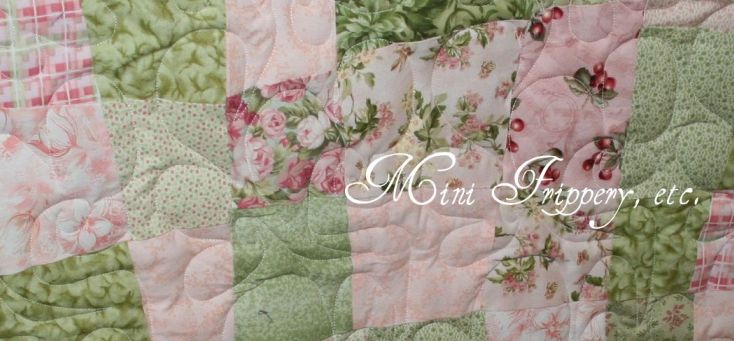---Revised---
Jan. 8 2013
I made a video tutorial and posted it on Youtube here
http://www.youtube.com/watch?v=k7FIHaz9cvw&feature=youtu.be
It's my first video tutorial so be patient :)
----Revised----
Aug 28 2012
This is the Blanket Grandma Turner (Tyson's Grandma) made for Afton when she was born. Since then I have been trying to figure out the patter because it's so amazing!
Jan. 8 2013
I made a video tutorial and posted it on Youtube here
http://www.youtube.com/watch?v=k7FIHaz9cvw&feature=youtu.be
It's my first video tutorial so be patient :)
----Revised----
Aug 28 2012
This is the Blanket Grandma Turner (Tyson's Grandma) made for Afton when she was born. Since then I have been trying to figure out the patter because it's so amazing!
Yes, it would have been easier to just ask for the pattern but it was fun trying to figure it out on my own.
Well, I finally did it so I thought I would share because it really is one of the neatest patterns I have ever seen. It gives the afghan a 3D look and I love it.

So I kind of came up with a pattern but it was kind of hard to explain so I decided to do a picture tutorial. (also, I always wanted to try a picture tutorial) It's not the best but here it goes.
This is the actual pattern I came up with:
Here's the revised version to try and make it easier to follow
Here's the revised version to try and make it easier to follow
Grandma's 3D Baby Afghan
Hook Size H
Lion Brand Pound of Love: pastel Pink
Row 1: Using this technique of a no chain foundation, 122 dc. Turn
Row 2: ch 3 (does NOT count as dc), 3 dc in next dc. (ch3, sk next 2 dc, 3 dc in next dc) 40 times. DC in last dc. Turn
Row 3: ch 3, 3 Bpdc in the first dc of 3 dc set. ch 3 [working behind the ch 3 of previous round, 3 Bpdc in 1st dc of 3 dc set, ch 3) 38 times. 3 bpdc in 1st dc of last 3 dc set. Dc in last turning ch of previous row. Turn
Repeat row three until desired length
Last row: ch 3, (dc in next 3 dc, dc in ch 3 sp ) repeat to the end of the row. Dc in last turning ch. fasten off and weave in ends.
Photo Tutorial:
Starting on Row 3-
Ch 3. Yarn over,

Going behind the ch 3 of previous row

bpdc in the first dc of next 3 dc set

(Going around the front of the stitch)

(Yarn over, pull through, finish dc)

When making the next bpdc in the set of 3, do it the same way but make sure the second one goes on top of the first one, not beneath it. (which mean you may need to pull down the 1st st in order to get the second one on top of it) So the three stack on top of each other. You'll get a totally different look if you do the dc under the previous one.

Here's what it looks like when you just finish the 3 bpdc

This is what the back side looks like

ch 3 and repeat till the end. Then dc in last st (it's the turning ch 3 from the previous row)

This is what the edging looks like


















































